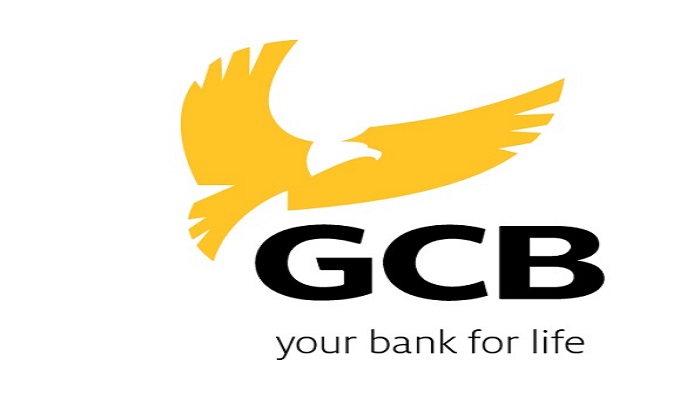Relocating abroad with your pets is a journey that goes beyond the physical transition from one country to another; it’s a process filled with emotional and logistical complexities.
As pet owners, the bond we share with our furry companions means their well-being is a top priority, making their safe and comfortable relocation as important as our own.
This guide is designed to navigate the myriad of considerations, preparations, and regulations involved in moving internationally with pets.
It covers everything from health requirements and travel arrangements to understanding the legalities in your new home country.
With an emphasis on thorough preparation and attention to detail, this guide aims to provide peace of mind for pet owners embarking on this significant life change, ensuring that the journey for their beloved animals is as smooth and stress-free as possible.
Flying With Your Cat
Before even considering the flight, it’s crucial to understand the health, legal, and logistical requirements of relocating your pet.
Consulting with your veterinarian is the first step to assess whether your pet is fit for the journey, especially for young, senior, anxious, or sick animals.
Vaccinations, particularly against rabies, are almost universally required, and an ISO microchip is often mandatory for identification purposes.
The exact health and documentation requirements can vary significantly by destination, so it’s essential to contact the consulate of the country you’re moving to for the most accurate information.
Finding A Relevant Guide Online
When planning to fly with your cat, finding a reliable and comprehensive online guide is invaluable.
Such guides won’t specify a particular airline or service but will offer general advice on preparation steps, from crate training to health checks, and navigating airport security with your pet.
They emphasize the importance of understanding airline policies, as these can vary widely.
Some airlines allow pets in the cabin, while others may require them to travel in the hold, with costs varying accordingly.
Desensitizing your pet to the travel crate and the sounds of travel can significantly ease their stress during the journey.
Preparing Your Pet
Preparation involves more than just paperwork. It’s about ensuring your pet is as comfortable and stress-free as possible throughout the journey.
This includes crate training, familiarizing them with the sounds and sensations of flying, and possibly medication to ease anxiety.
Airlines have specific requirements for pet travel, including crate size and pet health certifications.
The cost of flying your pet can vary greatly depending on the airline, the size of your pet, and the destination country.
Engaging a pet relocation service can simplify this process, handling everything from paperwork to travel logistics.
Choosing The Right Service
Choosing a reputable pet relocation service can alleviate much of the stress associated with moving your pet.
Look for services that are USDA certified and have positive online reviews.
These companies can manage the intricacies of pet relocation, including customs clearance and ensuring your pet meets the destination country’s import regulations.
While this option can be costly, with prices starting at around $2,500 for international moves, it offers peace of mind knowing that professionals are handling your pet’s travel arrangements.
Navigating New Horizons: Settling Abroad With Your Furry Companion
Living abroad with your pet enriches the experience of exploring a new culture and environment, but it requires careful planning and consideration to ensure the well-being of your furry companion.
This guide, drawing from a range of resources, offers insights and practical advice for navigating life abroad with your pet.
Adhering to Import Regulations
When relocating abroad with your pet, a critical aspect beyond selecting a relocation service is ensuring strict adherence to the destination country’s import regulations.
This involves a deep dive into the specific health, quarantine, and documentation requirements mandated by the country you’re moving to.
Each country has its unique set of rules designed to protect local flora and fauna from potential diseases and invasive species.
For instance, some countries may require extensive quarantine periods for pets upon arrival, while others have more relaxed rules if certain vaccinations and health checks are documented beforehand.
Understanding The Costs
The cost of moving your pet abroad varies significantly based on factors such as the size of the pet crate and the destination country.
While the size of the crate might only slightly affect the price, the main cost drivers are the destination’s specific requirements, including quarantine expenses if applicable.
Engaging with pet relocation services, although potentially costly, can streamline the process, ensuring all regulatory requirements are met.
Adjusting To New Environments
Upon arrival, acclimating your pet to their new surroundings is crucial.
Creating a comfortable living space with familiar items and maintaining regular feeding and walking routines can help.
Explore local pet-friendly amenities, such as dog parks, hotels, and restaurants, to facilitate social interactions for both you and your pet.
Understanding local regulations, including any applicable pet taxes or mandatory health checks, will ensure a smooth transition for your pet into their new home.
Health And Safety Considerations
The health and safety of your pet during the move are paramount.
Certain breeds, particularly snub-nosed dogs and cats, face higher risks during air travel due to their respiratory systems.
Consulting with a pet relocation specialist and your veterinarian can help assess the risk and prepare accordingly.
Moreover, familiarizing your pet with their travel crate well ahead of the move can reduce stress and anxiety during the journey.
Legal And Regulatory Requirements
Navigating the legal and regulatory landscape is essential.
This includes obtaining the necessary health certificates and ensuring your pet’s vaccinations are up to date according to your destination’s requirements.
Microchipping and specific treatments, such as for rabies and tapeworm, may also be mandatory.
Comprehensive planning and adherence to these requirements facilitate a smoother entry process for your pet into your new country.
Key Takeaway
Embarking on an international move with your pet is an adventure that speaks to the heart of what it means to live a life enriched by our animal companions.
This comprehensive guide, drawing from expert resources and practical advice, aims to equip you with the knowledge and tools needed for a successful relocation.
From preparing your pet for travel to adjusting to a new country, the focus is on ensuring a seamless transition for both you and your pet.
As you navigate this journey, remember the importance of early planning, understanding the specific requirements of your destination, and the invaluable support of professional pet relocation services.
With careful preparation and a focus on the well-being of your furry friend, relocating abroad can be a rewarding experience, opening the door to new cultures, friendships, and adventures for both you and your pet.





